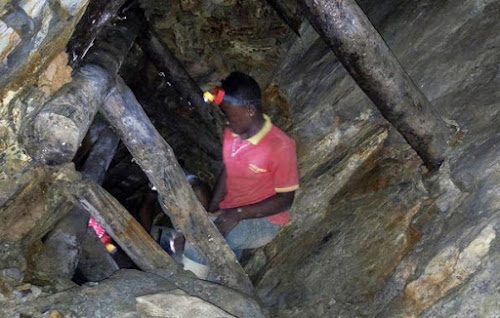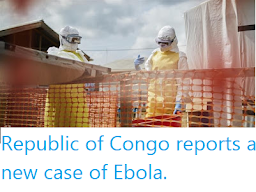At least fifty people have died following a collapse at a gold mine near the town of Kamituga in South Kivu Province, Democratic Republic of Congo, on Friday 11 September 2020. The incident happened at an artisanal mine (mine worked by local people using traditional tools) outside the Kamituga Mining Concession, the largest 'official' mining concession in the area, which is operated by the Canadian mining giant Banro Corporation. The collapse is believed to have been triggered by heavy rainfall in the area, associated with the onset of the annual rainy season. Landslides are a common problem after severe weather events, as excess pore water pressure can overcome cohesion in soil and sediments, allowing them to flow like liquids. Approximately 90% of all landslides are caused by heavy rainfall. On this occasion the collapse has covered three pits within the mining site, Nivelle, Kubota and Tendi, with all those trapped inside thought to have drowned.
The incidents occurred after heavy rains associated with the onset of the area's two annual rainy seasons. This two-rainy-seasons-per-year pattern is typical in equatorial countries, with rainy seasons around the equinoxes and dry seasons around the solstices. Upland areas of East Africa have always been prone to landslides, but the problem has become worse in recent years as a rising population has led to more agriculture on hill-slopes, in many areas replacing open woodland where tree roots served to stabilise slopes, and also to more people living in harms ways.
See also...




Follow Sciency Thoughts on Facebook.






